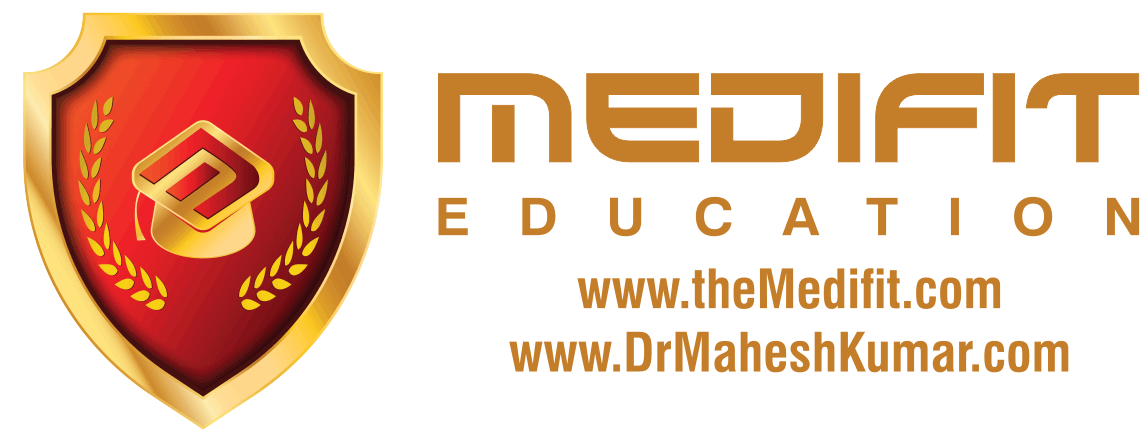Body Mass Index (BMI) Explained is a way to compare your height and weight and create an objective way to compare the body habitus of different individuals. MORE HEALTH EDUCATION: https://www.youtube.com/playlist?list=PLt6puIp2CPGX8ilSikABEAc0wiS-slL-h READ MORE https://www.healthydocs.net/home/2017/body-mass-index-explained Click link above for BMI calculator Please like, subscribe, comment and share! Follow me: SUBSCRIBE: https://www.youtube.com/user/DrJohnKiel FACEBOOK: https://www.facebook.com/medicinelifestyle TWITTER: https://twitter.com/LifestyleMedYou INSTAGRAM: https://www.instagram.com/drjohnkiel/ PINTEREST: https://www.pinterest.com/jkielmph/ Check out my website: http://healthydocs.net/ In this video I briefly describe what body mass index is, the health risks associated with it and it’s limitations. BMI is regularly used to measure whether an individual is underweight, normal weight, overweight or obese. A high BMI ( greater than 25 overweight, greater than 30 obese) is associated with a myriad of health risks BMI has two major limitations. It’s accuracy varies by race and is limited in individuals with lean muscle mass. Body mass index, also known as BMI, is an objective way to describe someone’s height and weight. Overweight and obese BMI are associated with a ton of diseases such as diabetes, heart disease and strokes. Research has shown that in individuals with a BMI over 25 (classified as overweight) and a BMI over 30 (classified as obese) the risks for the following conditions also increases: Death from any cause (all cause mortality) Coronary heart disease (heart attack) Type 2 diabetes Cancers (endometrial, breast, and colon) Hypertension (high blood pressure) Dyslipidemia (high cholesterol, triglycerides) Stroke (cerebrovascular accident) Liver and Gallbladder disease Sleep apnea and respiratory problems Osteoarthritis (a degeneration of cartilage and its underlying bone within a joint) Gynecological problems (abnormal menses, infertility) Metabolic syndrome
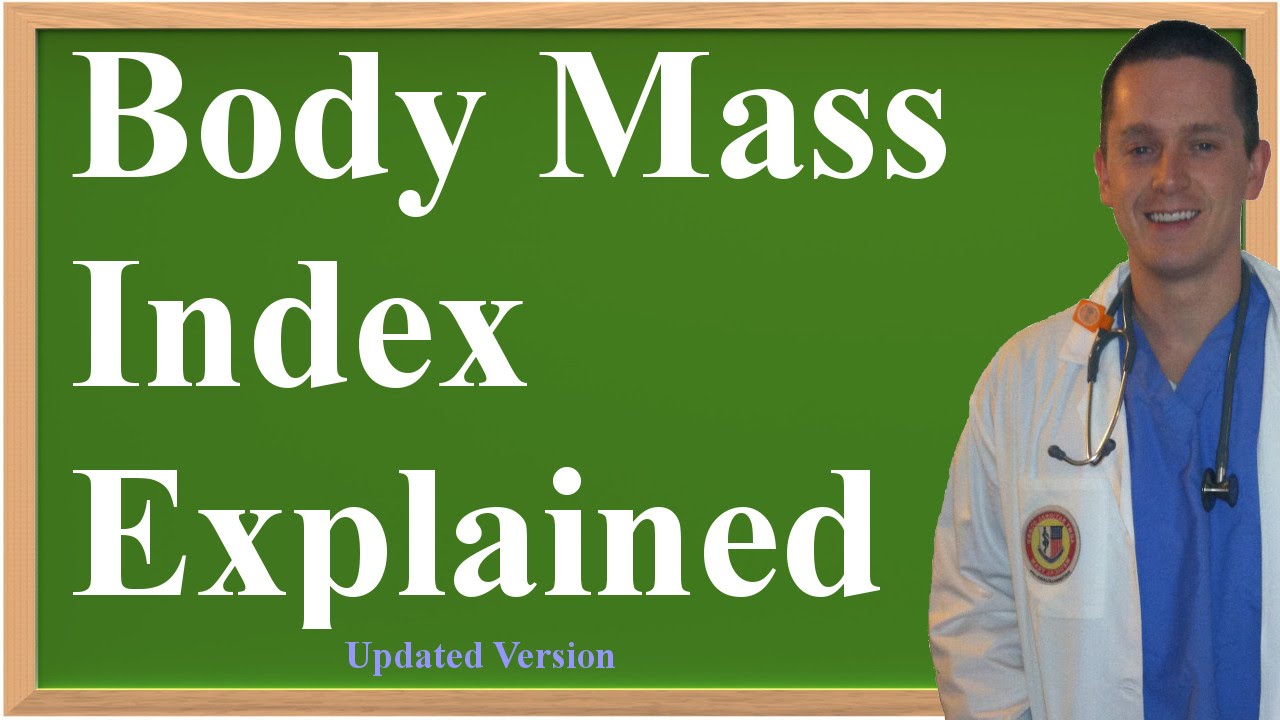
Body Mass Index (BMI) Explained (Made Simple To Understand) – Updated
- Post author:
- Post published:May 17, 2021
- Post comments:0 Comments
You Might Also Like
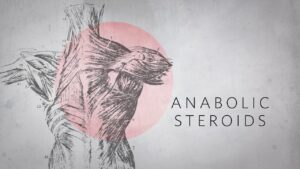
The Science of Doping: How Testosterone-Boosting Drugs Work

Propranolol

What is Glutamine? | KM Supplement Facts
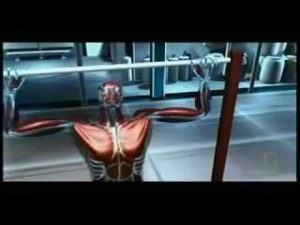
how muscles grow

One Arm Row Dumbbell-3

Cardiac surgery Video – 1

Physiotherapy in Obstetrics Video – 8

Bodybuilding Nutrition, Diet Recipes & Workout – 38

Single Arm Dumbbell Row – Upper Back & Shoulder

BCAA on Anabolism / Catabolism

How to Do a Reverse Curl | Arm Workout

Latissimus Dorsi Bent Over Row-1

Sports Nutrition Video – 5

How to Do a Torso Twist | Gym Workout

Glutamine – Matryoshka

This Workout Will Make YOU Massive Results!

How to Do Back Extension Exercises

What in the world is: Vitamin D

Sports Nutrition & Supplementation Video – 2

TPO antibodies in hypothyroidism

Hyperextension With Machine-4

BEAST Upper Back Dumbbell Workout For MASS (3 EXERCISES!!)

Triceps Pulley Extension-3

10 Rear Delt Exercises

How to use ketone test strips & how to read the results

Intermittent Fasting & Fasting Video – 9

Battling Ropes Circuit Training

ENDOCRINE SYSTEM: HYPOTHALAMUS AND CONTROL OF THE PITUITARY

CBC Machine Maintenance

Isotretinoin-exposed pregnancies still occur

Why Do Vitamins Make Urine Bright Yellow

Developmental Psychology Video – 1
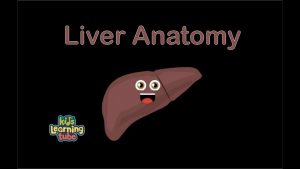
The Liver Anatomy Song for Kids

Are There Any Side Effects Of Creatine? | BeerBiceps Fitness

Body Mass Index (BMI)

Gynecomastia | Dr. Praveen Kumar – Tirupati
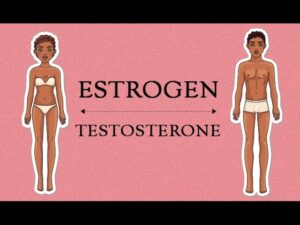
Estrogen Levels In Women | Her Body

K-Cold Anti Cold Tablet Full Review

Football Psychology Video – 2
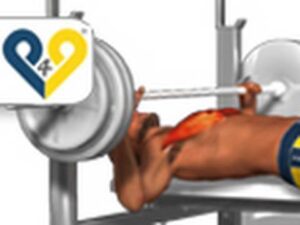
Flat Bench Press Dumbbell-2

6.4 Bone Formation Part 2 Endochondral Ossification

